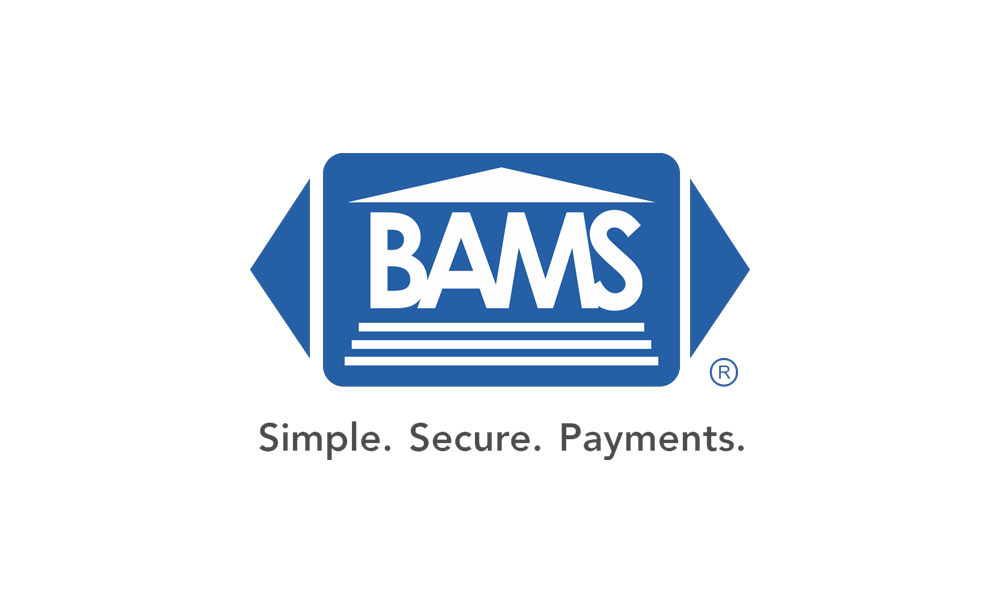Shopify: What March 1 Changes Mean for Buyers, Sellers and Shopify Sales
Shopify is one of the world’s leading e-commerce platforms used by thousands of online retailers, sellers and commerce websites. It’s one of the first recommended platforms for start-ups and it can be integrated into any chosen website: These are all some of the reasons why it’s become one of the top options for selling and buying most things online.
If you’ve already signed up for the Shopify platform, you might have noticed rumors about a change to their Terms of Service.
Since most companies announce minor changes to their TOS or privacy policy once every few years, a lot of users might have skipped out on reading the e-mail, release or notification about the coming Shopify changes, assuming that it’s just another standard, minor change that doesn’t affect them.
If you’re a Shopify user, think again.
New changes to the Shopify terms of service could affect overall user revenue: That is, how much retailers can get out of selling through the Shopify platform.
- According to the terms of service change announced for March 1, 2020, Shopify will no longer be refunding additional fees when a refund is issued.
Here’s the TL;DR of what the newest Shopify changes might hold for users – and why it might be what causes an exodus of users away from Shopify’s internal payments option and to more customer-centric payment providers like BAMS.com.
Shopify: Changing Terms
Shopify is updating its terms of service from March 1, 2020.
A lot of users might have assumed that this is a standard change they don’t have to pay attention to (or something that might not affect them as Shopify users) – but if you were one of the users who took this as the first assumption, you might be wrong.
The biggest change to the Shopify terms of service is this:
In the case of any refunds issued through Shopify, additional fees will no longer be refunded along with the transaction. They will also begin surcharging any international transactions a full 1%.
This is a drastic change affecting hundreds upon hundreds of transactions made through the Shopify platform every day. Now, additional fees are up to each user to pay for – and in the long-run, it could cost businesses and users not only thousands but also their level of trust in Shopify as an overall easy-to-use selling platform.
Why Are They Doing This?
Shopify isn’t the only company that has been changing its terms of service.
PayPal has recently done the same.
If you’re also a PayPal user, you would have gotten a similar announcement message from PayPal to let you know their terms of service are being updated this year. What this change refers to is changes in how PayPal fees are processed – and yes, users might end up paying marginally more.
This has led to other companies changing their terms of service as a result – mostly in order to keep up with the recent change and price-hikes by PayPal and similar worldwide online payment providers.
This means that you should check your terms of service (and any similar e-mails) even if you aren’t signed up with specifically Shopify – and you might notice that the terms of service related to your favorite, trusted service provider isn’t what you would expect them to be.
What It Means for Shopify Users
The bottom line of the big Shopify terms of service change for existing and new Shopify users from March 1, 2020, is that purchasers and sellers through Shopify will end up paying more in the event of a refund.
Someone is responsible for additional PayPal fees, which can vary depending on currency conversion rates: This is no longer Shopify the way it used to be but has changed to the average Shopify user.
This means that either you as a retailer or your customer as a buyer is going to be responsible for the fees involved in issuing a refund to the customer.
Basically, it means that any back-and-forth payment between the retailer, Shopify and client will make either retailer or client responsible for the additional PayPal fees of the refund.
- Compared to regular brick-and-mortar commerce, this is much like a retailer offering a refund on a faulty product – but only on the condition that the customer who wants the item refunded pay for the shipping and packaging of the item. Does it seem fair?
Here’s What Could Happen
The sudden terms of service change are set to have an overwhelming effect on how willing people are to use Shopify to buy and sell items.
Do you feel comfortable continuing to use Shopify as an existing user, and does this make you want to sign up as a buyer or seller? It’s likely that your answer is going to be no.
Here’s what some of the effects of the ensuing big Shopify change might be if you’re a current user.
- Someone else in your transaction other than your selling platform is going to be made responsible for PayPal fees.
- Retailers through Shopify are likely to have to increase the prices of the items they sell to cover these fees or reduce their profit margin for the entire venture if they don’t.
- Buyers using Shopify might choose other shopping platforms above Shopify because of raising item costs resulting from the March 1 terms of service change.
- Both buyers and sellers might lose confidence in the Shopify platform – and this is likely to cause an overall reduction in user confidence and might even lead to a drop in overall Shopify-made sales.
- Users are already seeking alternative payment provider options that aren’t affected by these terms of service changes (such as BAMS.com).
A Rise in Alternative Selling Sites
Websites like BAMS.com are offering a viable alternative for users who prefer the more user-centric approach available from other payment providers.
After the March 1 change, existing Shopify retailers might note a drop in sales.
Want to avoid the potential sales and confidence drop?
Switch to another payment provider. Save your sales by switching to an alternative sales provider like BAMS.com before it’s too late. This can allow retails to remain completely unaffected by the Shopify change – and means that you can still offer your users the same items at the same prices (including in the event of a refund being necessary) just by switching to an alternative payment provider like BAMS.




